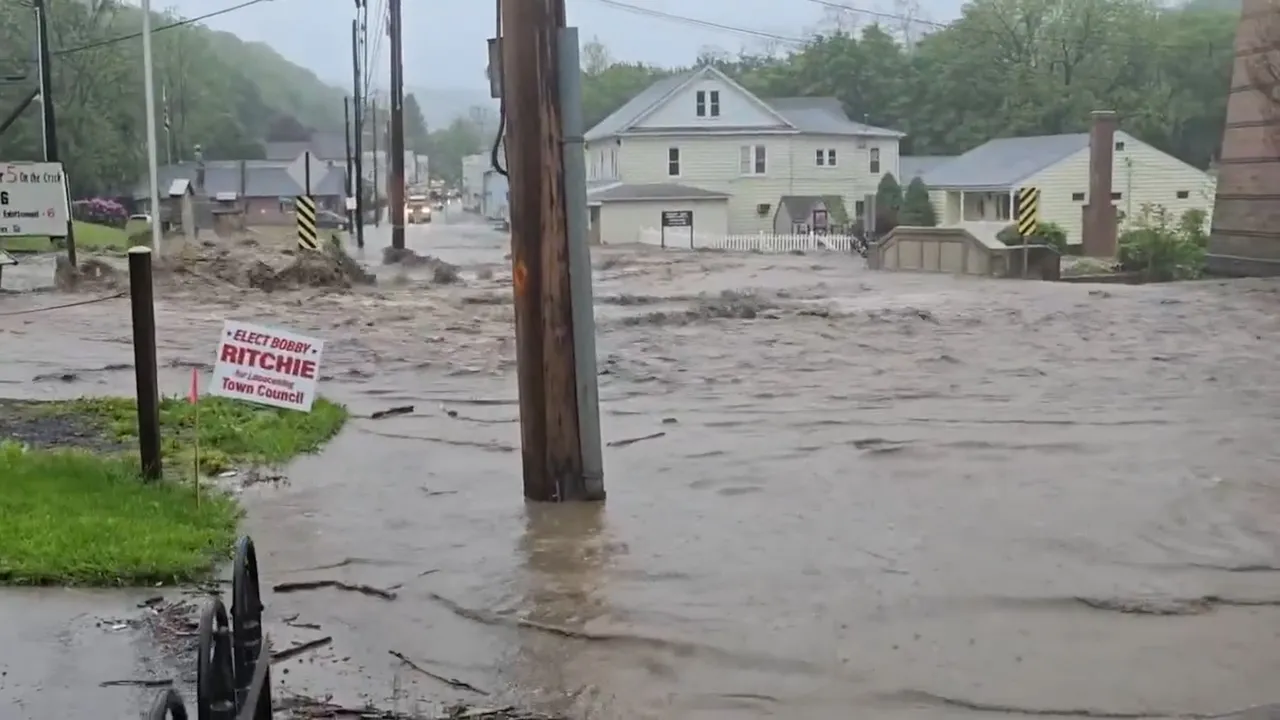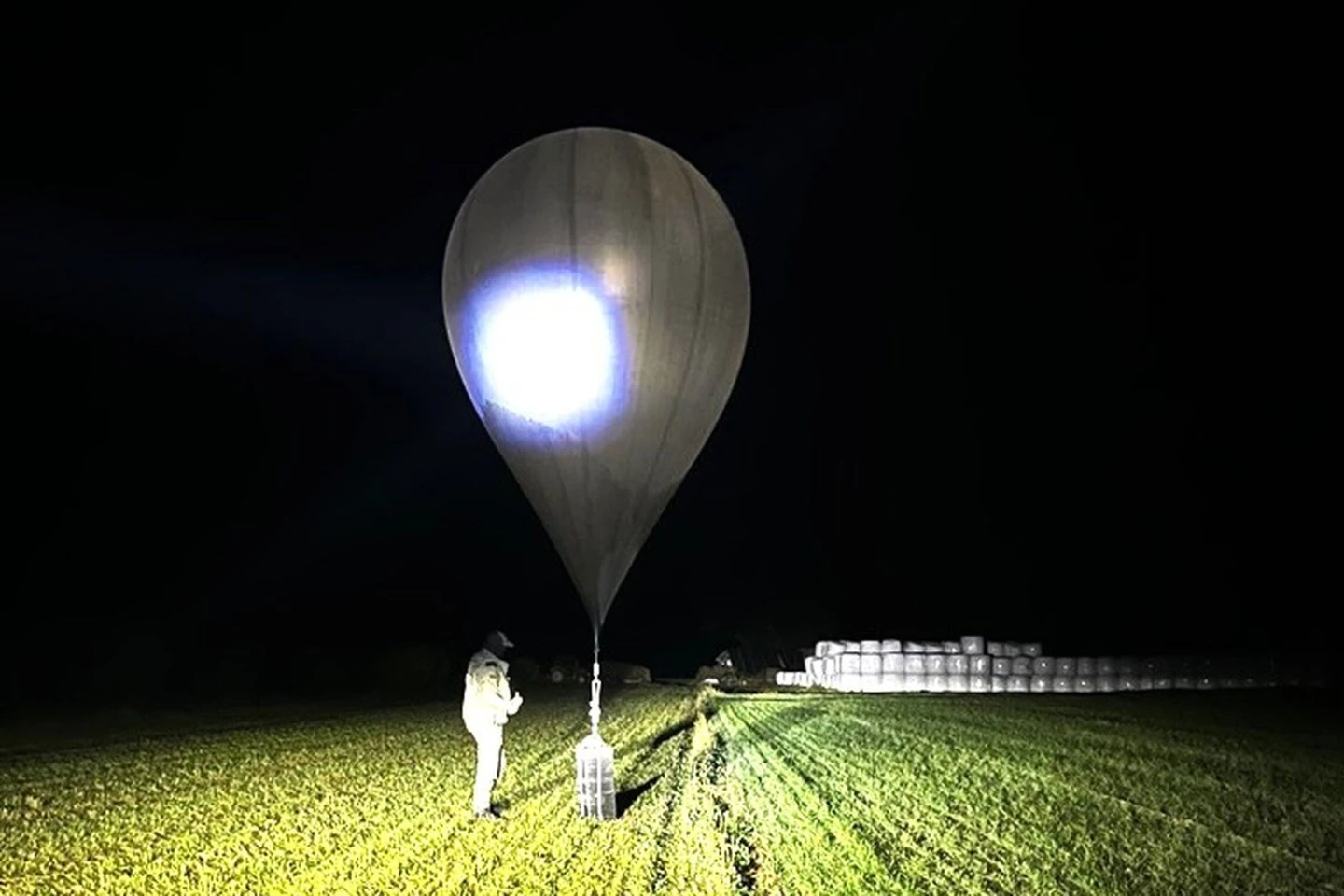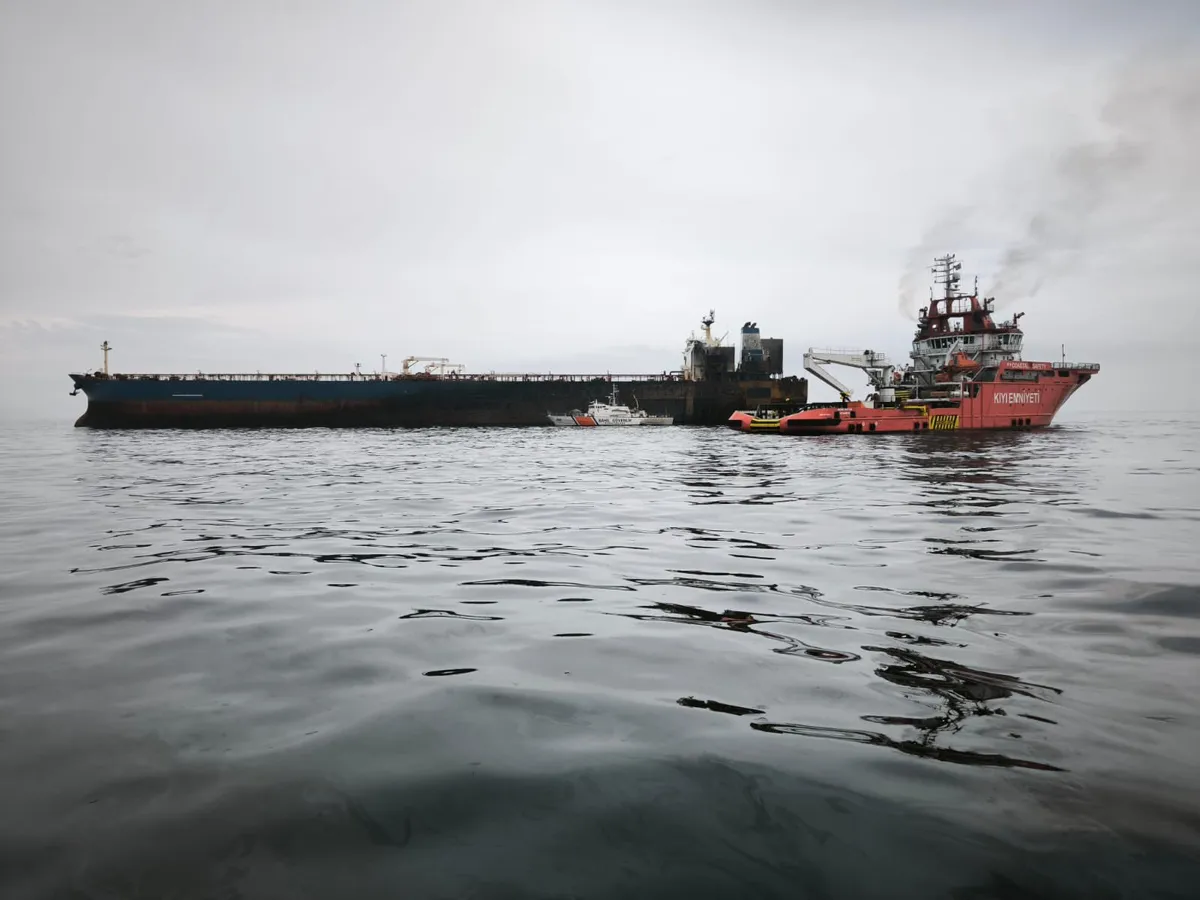Mexico is confronting a major humanitarian and environmental crisis as torrential rains sweep across the country, triggering severe floods, landslides, and widespread destruction. At least 50 people have lost their lives, with many more injured or missing, while thousands of residents have been displaced from their homes. The disaster has left towns submerged, infrastructure destroyed, and local economies struggling to cope with the immediate and long-term impacts.
Unrelenting Rains and Widespread Damage
The extreme weather began in early October, with persistent rains affecting states such as Veracruz, Tabasco, Chiapas, Oaxaca, and Puebla. Meteorologists describe this rainfall as among the heaviest in decades, fueled by an unusually strong combination of seasonal storms and climate change-induced weather anomalies. Rivers in affected regions have overflowed, inundating communities and cutting off access to essential services.
In mountainous regions, the rains have triggered landslides that buried homes and blocked key roadways, making it difficult for rescue teams to reach stranded residents. Urban centers are not spared either; poor drainage systems in cities have led to severe flash flooding, disrupting daily life and causing economic losses for small businesses and local industries.
Humanitarian Crisis and Emergency Response
The Mexican government has declared states of emergency in the hardest-hit regions, mobilizing federal and local agencies to respond to the disaster. Emergency shelters have been established in schools, sports complexes, and public buildings to accommodate those who have been forced to leave their homes. Relief efforts include distribution of clean water, food, medical supplies, and temporary housing materials.
President Andrés Manuel López Obrador addressed the nation, pledging full federal support to aid recovery efforts. “We will do everything possible to help our citizens recover from this tragedy,” he stated, emphasizing the need for rapid and coordinated response. Despite these efforts, officials acknowledge that the scale of the disaster exceeds available resources, and many areas remain cut off due to damaged roads and washed-out bridges.
Environmental and Climate Considerations
Experts warn that events like these are likely to become more frequent and severe due to climate change. Rising global temperatures increase the likelihood of extreme weather patterns, including heavy rainfall, hurricanes, and flooding. In Mexico, rapid urbanization, deforestation, and inadequate infrastructure have exacerbated the effects of these storms, leaving communities more vulnerable to natural disasters.
Environmental scientists stress the importance of long-term planning, including better flood control systems, reforestation projects, and urban development regulations that prioritize resilience. “This is not just a temporary crisis,” said a climate expert from the National Autonomous University of Mexico. “It is a warning that our cities and rural communities must adapt to increasingly volatile weather patterns.”
Stories of Resilience
Amid the devastation, stories of human resilience and solidarity have emerged. Communities have banded together to rescue stranded neighbors, share food and supplies, and support those who have lost homes and livelihoods. Local NGOs and volunteer groups are coordinating efforts to provide psychological support and essential resources to vulnerable populations, including children and the elderly.
In Oaxaca, a volunteer rescue team used boats to evacuate dozens of residents from floodwaters, while local schools have transformed into temporary shelters, offering a safe haven for displaced families. “We have lost much, but our spirit remains strong,” said one resident. “We are helping each other because no one else can do it for us.”
Economic and Social Impacts
The floods have inflicted severe economic damage, particularly on agriculture, small businesses, and transportation networks. Crops have been destroyed, livestock lost, and local markets submerged, threatening food security in affected areas. Transportation disruptions have also hindered the delivery of essential goods and services, complicating recovery efforts.
Socially, the disaster has highlighted the deep inequalities within Mexican society. Poor and rural communities, which often lack access to quality infrastructure and emergency services, have been disproportionately affected. This crisis underscores the urgent need for government investment in disaster preparedness and social safety nets.
Looking Forward
As Mexico begins the arduous task of recovery, attention is turning to strategies that will prevent similar disasters in the future. Experts advocate for comprehensive flood management plans, investment in resilient infrastructure, and community education programs to prepare residents for extreme weather events.
The current crisis also emphasizes the broader global issue of climate vulnerability. Mexico’s experience serves as a stark reminder of how countries must adapt to a changing climate and implement policies that protect both people and the environment.
Conclusion
The torrential rains that have ravaged Mexico in October 2025 have left a trail of destruction, loss, and displacement. Yet, amid the devastation, communities have demonstrated remarkable resilience and solidarity. Recovery will be a long and challenging process, requiring coordinated efforts from the government, civil society, and international partners.
As climate change continues to amplify extreme weather events worldwide, Mexico’s disaster highlights the urgent need for proactive measures, infrastructure resilience, and community preparedness. The coming months will test the nation’s capacity to rebuild, protect its citizens, and prepare for an increasingly uncertain environmental future.
















Leave a Reply